Home>Gardening & Outdoor>Landscaping Ideas>How To Remove Dead Grass From Lawn
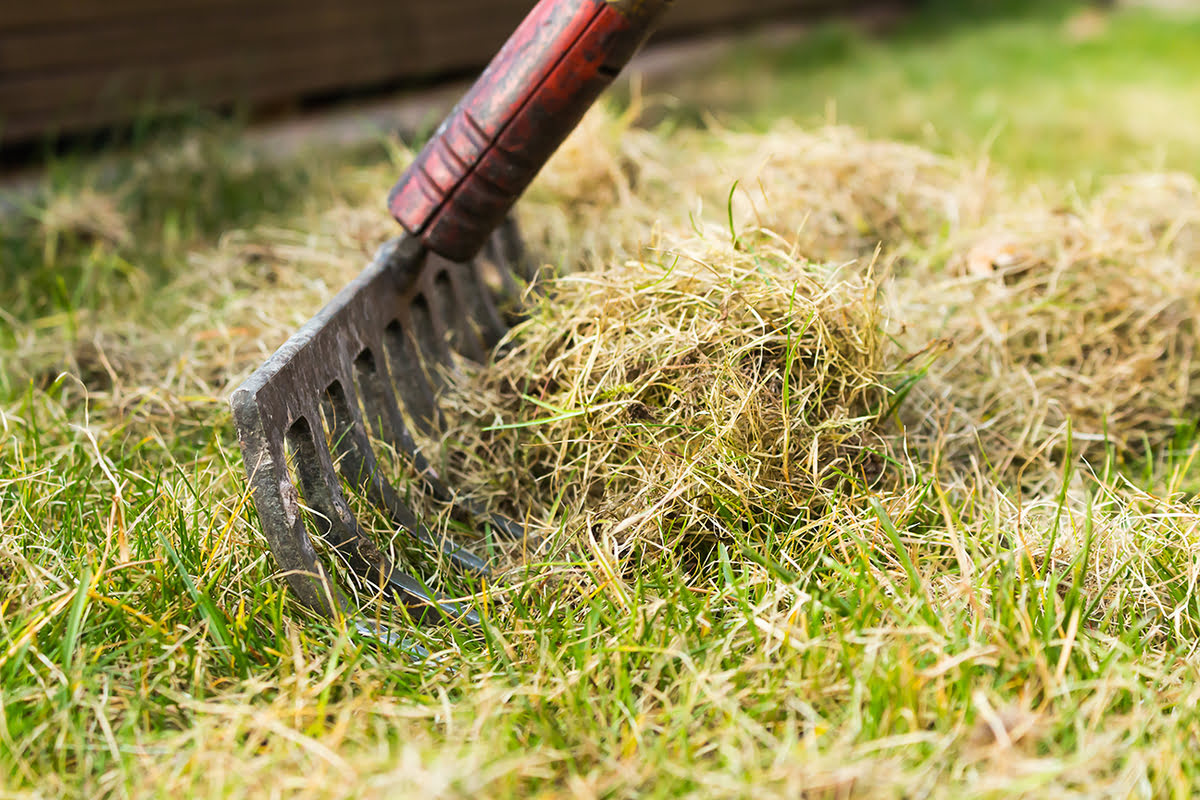

Landscaping Ideas
How To Remove Dead Grass From Lawn
Modified: February 18, 2024
Learn effective landscaping ideas to remove dead grass from your lawn and rejuvenate your outdoor space. Discover expert tips for a lush, healthy lawn!
(Many of the links in this article redirect to a specific reviewed product. Your purchase of these products through affiliate links helps to generate commission for Storables.com, at no extra cost. Learn more)
Introduction
Read more: How To Remove Dead Grass From Yard
Understanding Dead Grass
Dead grass can be a common and unsightly issue for many homeowners. Whether it’s caused by excessive heat, lack of water, disease, or other factors, dealing with dead grass can be a necessary task to maintain a healthy and vibrant lawn. Removing dead grass not only improves the appearance of your lawn but also creates a conducive environment for new grass to grow and thrive.
In this comprehensive guide, we will delve into the various methods of removing dead grass from your lawn, providing you with the knowledge and tools needed to revitalize your outdoor space. By understanding the causes of dead grass and the best practices for its removal, you can take proactive steps to ensure a lush and green lawn that enhances the beauty of your property.
Read more: How To Remove Dead Grass From Yard
Understanding Dead Grass
Dead grass can result from a variety of factors, including inadequate watering, excessive heat, disease, compacted soil, or improper mowing techniques. When grass becomes brown, dry, and lifeless, it not only detracts from the overall appearance of your lawn but also indicates an underlying issue that needs to be addressed. Understanding the root cause of the dead grass is crucial in determining the most effective method for its removal and preventing future occurrences.
One common cause of dead grass is inadequate watering. Insufficient moisture can lead to dehydration and eventual death of the grass, particularly during hot and dry periods. On the other hand, overwatering can also contribute to the demise of grass by promoting fungal diseases and root rot. It’s essential to strike a balance and water your lawn deeply and infrequently to encourage healthy root development and prevent water-related issues.
Excessive heat and prolonged exposure to direct sunlight can also result in dead grass. Particularly in warmer climates, intense heat can scorch the grass, causing it to wither and die. Additionally, disease and pest infestations can ravage a lawn, leading to patches of dead or dying grass. Identifying the specific disease or pest responsible for the damage is crucial in implementing targeted solutions and preventing further spread.
Compacted soil can hinder the grass’s ability to access essential nutrients, water, and oxygen, leading to stunted growth and eventual death. Inadequate aeration and soil compaction can create an inhospitable environment for grass roots, impeding their development and vitality. Furthermore, improper mowing practices, such as cutting the grass too short or using dull blades, can weaken the grass and make it more susceptible to damage and death.
By recognizing the potential causes of dead grass, you can take proactive measures to address these issues and promote a healthier lawn. Additionally, understanding the underlying factors contributing to dead grass will inform your approach to its removal and guide you in implementing preventative measures to maintain a vibrant and resilient lawn.
Tools and Materials Needed
When it comes to removing dead grass from your lawn, having the right tools and materials at your disposal is essential for a successful and efficient process. Here are the key items you’ll need to effectively tackle the task:
- Lawn Mower: A quality lawn mower with an adjustable cutting height is crucial for mowing the remaining live grass to an appropriate length after removing the dead grass.
- Lawn Rake: A sturdy lawn rake is essential for effectively removing dead grass, thatch, and debris from the lawn’s surface. It helps in loosening and detaching the dead grass, allowing for easier removal.
- Garden Trowel or Shovel: A garden trowel or shovel is useful for digging out stubborn patches of dead grass, especially in areas where the roots may be deeply entrenched.
- Watering Can or Hose: Adequate hydration is crucial for the health of your lawn. A watering can or hose will help in thoroughly watering the lawn after the dead grass has been removed, promoting the growth of new grass.
- Grass Seed: High-quality grass seed suited to your specific climate and soil conditions is necessary for overseeding the lawn after removing the dead grass. This will help fill in any bare patches and promote a lush, uniform lawn.
- Fertilizer: A balanced fertilizer designed for lawns can provide essential nutrients to support the growth of new grass and improve the overall health of your lawn.
- Protective Gear: Gloves, sturdy footwear, and, if necessary, a dust mask or respirator, are important for personal protection during the removal process, especially when handling potentially dusty or debris-laden areas.
By ensuring that you have these tools and materials on hand, you can approach the task of removing dead grass with confidence and efficiency, setting the stage for the rejuvenation of your lawn and the promotion of healthy, vibrant grass growth.
Steps for Removing Dead Grass
Removing dead grass from your lawn involves a systematic process to ensure thoroughness and promote the healthy reestablishment of new grass. Follow these essential steps to effectively eliminate dead grass and pave the way for a revitalized lawn:
- Assess the Lawn: Begin by surveying the lawn to identify areas with dead or dying grass. Note any specific patches or sections that require attention.
- Mow the Lawn: Set your lawn mower to a suitable cutting height and mow the entire lawn, including the areas with dead grass. This will help even out the grass and provide a clear view of the affected areas.
- Rake the Dead Grass: Utilize a lawn rake to vigorously rake the affected areas, loosening and removing the dead grass, thatch, and debris. This process will help expose the soil and prepare it for new grass growth.
- Inspect for Remaining Dead Grass: After raking, inspect the lawn for any remaining patches of dead grass. Use a garden trowel or shovel to carefully dig out any stubborn clumps or roots that may still be present.
- Water the Lawn: Thoroughly water the lawn to help settle the soil and promote a healthy environment for new grass seed. Adequate hydration is crucial for the successful establishment of new grass.
- Overseed the Lawn: Spread high-quality grass seed evenly over the areas where dead grass has been removed. Follow the recommended seeding rate for the specific type of grass seed you are using.
- Apply Fertilizer: After overseeding, apply a balanced fertilizer to provide essential nutrients that will support the growth of new grass and enhance the overall health of your lawn.
- Water Regularly: Maintain consistent watering to keep the soil moist and facilitate the germination and establishment of the new grass seed. Follow the watering guidelines for the specific type of grass you have planted.
- Monitor Growth and Maintenance: Keep a close eye on the newly seeded areas, ensuring that the soil remains moist and providing appropriate care as the new grass begins to grow. Once the new grass is established, resume regular lawn maintenance practices to promote its ongoing health and vitality.
Following these steps will enable you to effectively remove dead grass, promote the growth of new, healthy grass, and rejuvenate the overall appearance of your lawn. By approaching the process systematically and providing the necessary care and attention, you can look forward to a lush and vibrant lawn that enhances your outdoor space.
Use a thatching rake to remove dead grass from your lawn. Gently rake the surface to pull up the dead grass and allow new growth to come through.
Read more: How To Remove Dead Grass
Alternative Methods for Removing Dead Grass
While the traditional approach to removing dead grass involves manual removal and overseeding, there are alternative methods that can be considered, depending on the extent of the damage and the specific needs of your lawn. These methods offer viable alternatives for addressing dead grass and promoting the rejuvenation of your outdoor space:
- Lawn Dethatching: If your lawn has accumulated a significant thatch layer, which consists of dead grass, roots, and debris, dethatching using a specialized dethatching rake or machine can help remove the buildup and improve the lawn’s overall health.
- Solarization: In cases where dead grass is widespread and the soil needs rejuvenation, solarization can be employed. This method involves covering the affected areas with clear plastic to harness solar heat, effectively sterilizing the soil and eliminating weeds, diseases, and pests. Once the process is complete, new grass seed can be sown in the revitalized soil.
- Chemical Herbicides: While manual removal is typically preferred for dead grass, selective herbicides can be used to target specific types of grass or weeds that may be encroaching on the lawn. It’s important to carefully follow the instructions and safety precautions when using herbicides.
- Power Raking: Power raking, also known as vertical mowing, involves using a specialized machine to mechanically remove thatch and dead grass from the lawn. This method can be particularly effective for addressing extensive thatch buildup and promoting a healthier lawn.
- Hydroseeding: Hydroseeding is a technique that involves spraying a slurry of grass seed, fertilizer, mulch, and water onto the prepared soil. This method can be beneficial for establishing new grass in larger areas and promoting rapid germination and growth.
Each of these alternative methods offers unique advantages and considerations for removing dead grass and revitalizing your lawn. When determining the most suitable approach, it’s important to assess the specific condition of your lawn, the extent of the dead grass, and any underlying issues that may need to be addressed. By exploring these alternative methods, you can make an informed decision that aligns with the needs of your lawn and supports the successful establishment of healthy, vibrant grass.
Tips for Preventing Dead Grass
Preventing dead grass involves proactive lawn care practices and a keen understanding of the factors that contribute to its demise. By implementing the following tips, you can safeguard your lawn against the development of dead or dying grass and promote its long-term health and vitality:
- Proper Watering: Establish a consistent watering schedule, ensuring that your lawn receives sufficient moisture without overwatering. Water deeply and infrequently to encourage deep root growth and resilience to dry conditions.
- Regular Mowing: Maintain an appropriate mowing height for your grass type, avoiding excessively short cuts that can stress the grass and leave it vulnerable to damage from heat and dehydration.
- Aeration: Periodically aerate your lawn to alleviate soil compaction, improve water and nutrient penetration, and promote healthy root development. Aeration helps prevent thatch buildup and enhances the overall health of the grass.
- Fertilization: Apply a balanced fertilizer at the recommended intervals to provide essential nutrients that support the growth and resilience of your grass. Proper fertilization contributes to a lush, healthy lawn that is more resistant to stress and disease.
- Weed Control: Regularly inspect and address weed infestations that can compete with the grass for essential resources. Implement targeted weed control measures to prevent weeds from encroaching on the lawn and causing damage to the grass.
- Pest and Disease Management: Monitor your lawn for signs of pests and diseases, addressing any issues promptly to prevent widespread damage. Implement integrated pest management strategies and disease-resistant grass varieties to minimize the risk of infestations and outbreaks.
- Overseeding and Renovation: Periodically overseed your lawn to introduce new grass varieties and rejuvenate thin or damaged areas. Renovation practices, such as dethatching and overseeding, can revitalize the lawn and promote a denser, healthier grass cover.
- Appropriate Use of Lawn Care Equipment: Ensure that your lawn care equipment, such as mowers and trimmers, is properly maintained and used in accordance with best practices. Sharp blades and well-maintained equipment contribute to clean, healthy cuts that support the overall well-being of the grass.
By incorporating these preventive measures into your lawn care routine, you can create an environment that is conducive to the sustained health and vibrancy of your grass. Proactive lawn care not only reduces the risk of dead grass but also contributes to the overall beauty and resilience of your outdoor space, providing a lush and inviting landscape for enjoyment and relaxation.
Conclusion
Removing dead grass from your lawn is a fundamental aspect of maintaining a healthy and visually appealing outdoor space. By understanding the causes of dead grass, equipping yourself with the necessary tools and materials, and following effective removal methods, you can revitalize your lawn and promote the growth of lush, vibrant grass. Whether you opt for traditional manual removal and overseeding or explore alternative methods, the goal remains the same: to create an environment that supports the health and resilience of your grass.
Preventing dead grass involves proactive lawn care practices, including proper watering, regular mowing, aeration, fertilization, and vigilant pest and disease management. By implementing these preventive measures, you can mitigate the risk of dead grass and establish a foundation for the long-term health and beauty of your lawn.
As you embark on the journey of removing dead grass and nurturing your lawn, remember that each step you take contributes to the overall well-being of your outdoor space. From assessing the extent of the damage to overseeding and providing ongoing care, your efforts will yield a lawn that is not only free of dead patches but also vibrant, resilient, and a source of pride for your property.
With the insights and tips provided in this guide, you are equipped to address dead grass effectively and foster the growth of a lush, inviting lawn. By embracing a proactive and attentive approach to lawn care, you can create an outdoor oasis that enhances the beauty of your home and provides a welcoming space for relaxation and enjoyment.
As you embark on this journey, remember that the health and vibrancy of your lawn are a reflection of the care and attention you invest. By nurturing your lawn with diligence and knowledge, you can look forward to a landscape that flourishes with life and beauty, enriching your outdoor experience and creating lasting memories for years to come.
Frequently Asked Questions about How To Remove Dead Grass From Lawn
Was this page helpful?
At Storables.com, we guarantee accurate and reliable information. Our content, validated by Expert Board Contributors, is crafted following stringent Editorial Policies. We're committed to providing you with well-researched, expert-backed insights for all your informational needs.
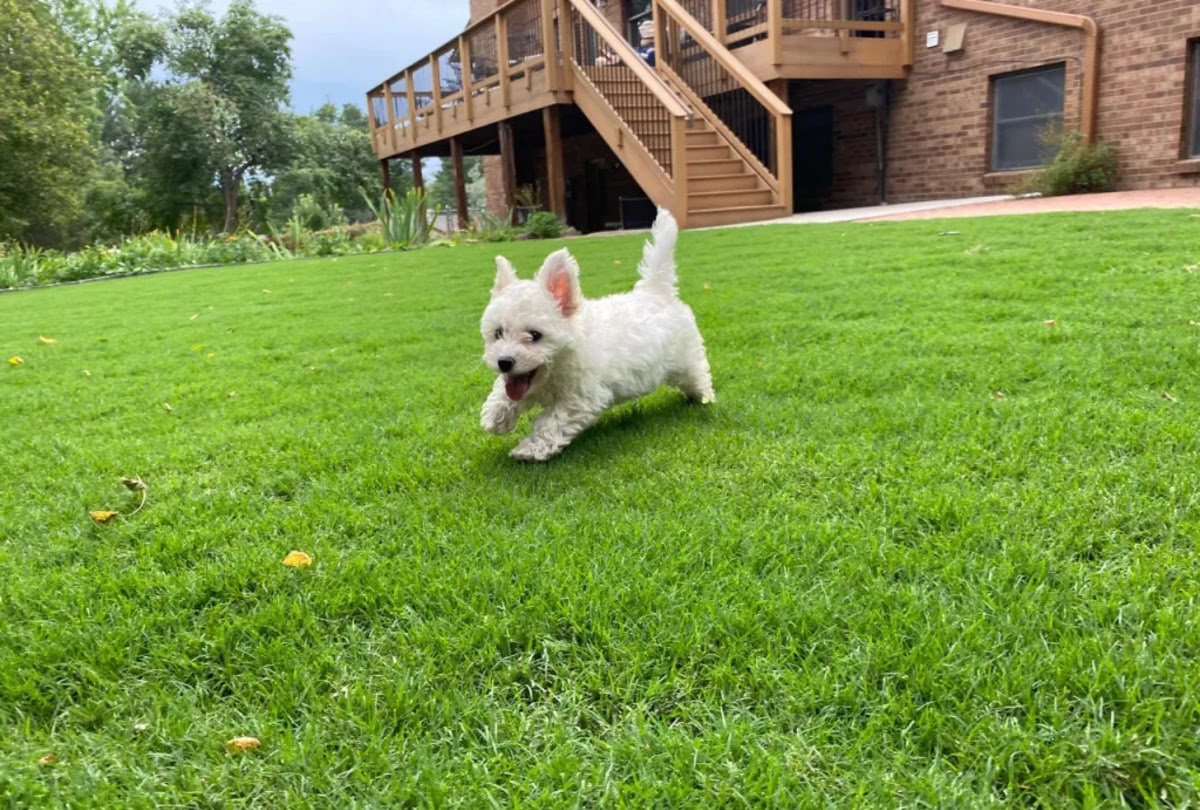
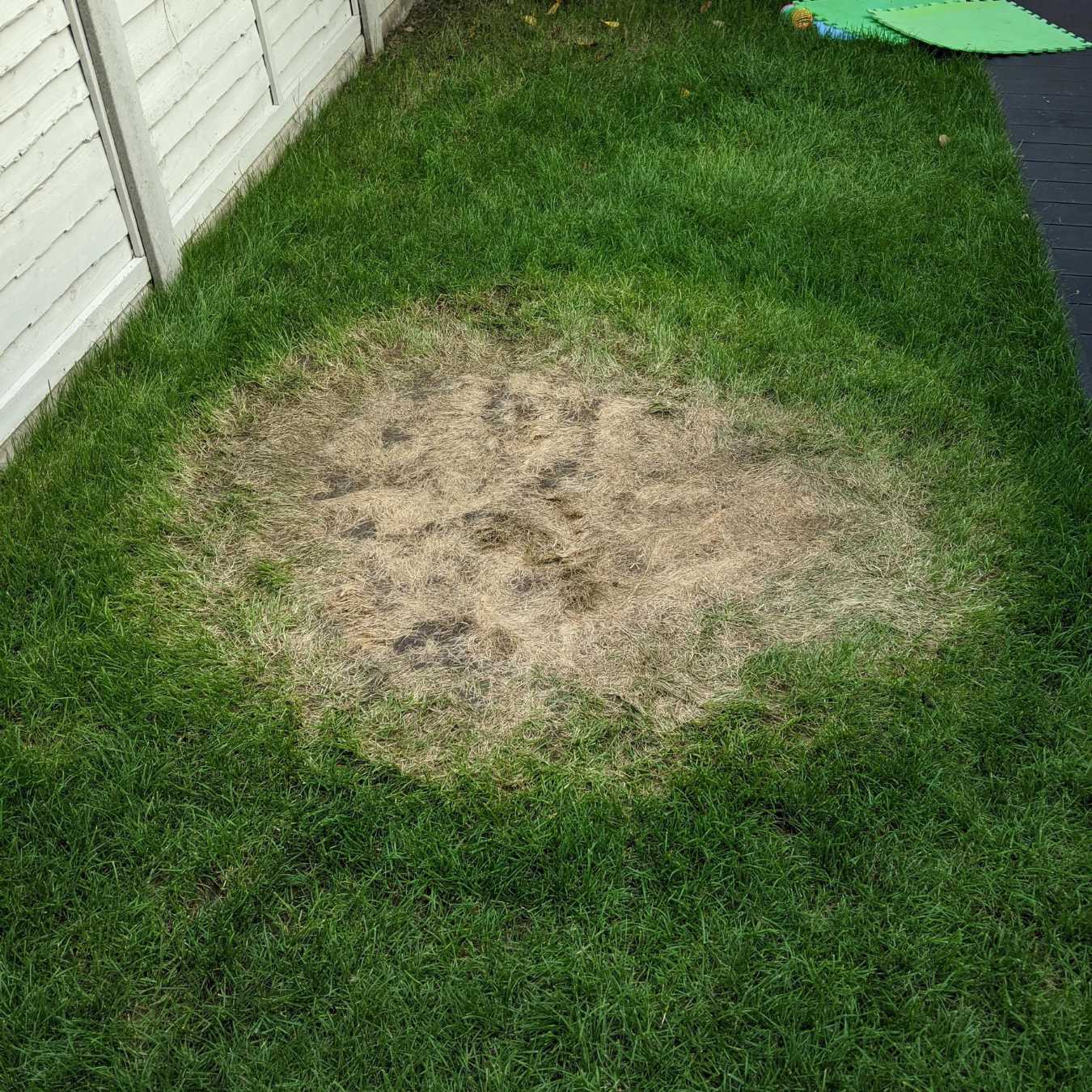
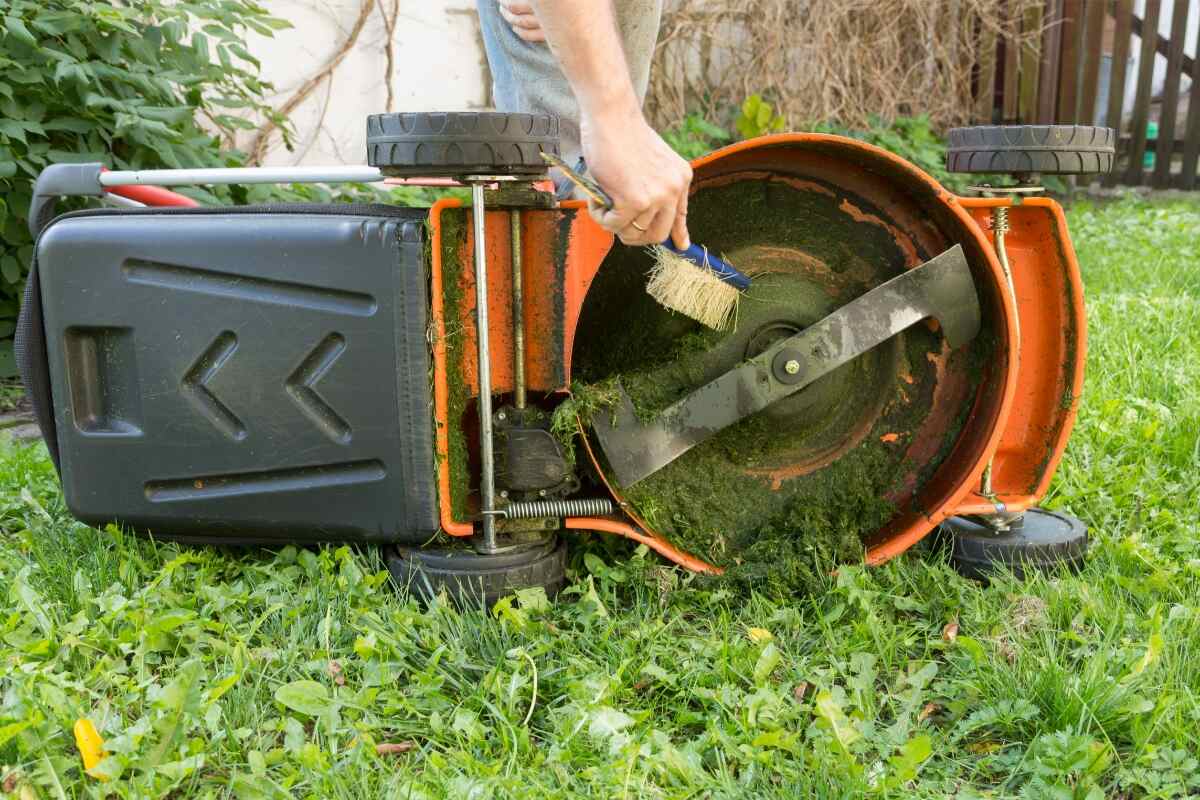
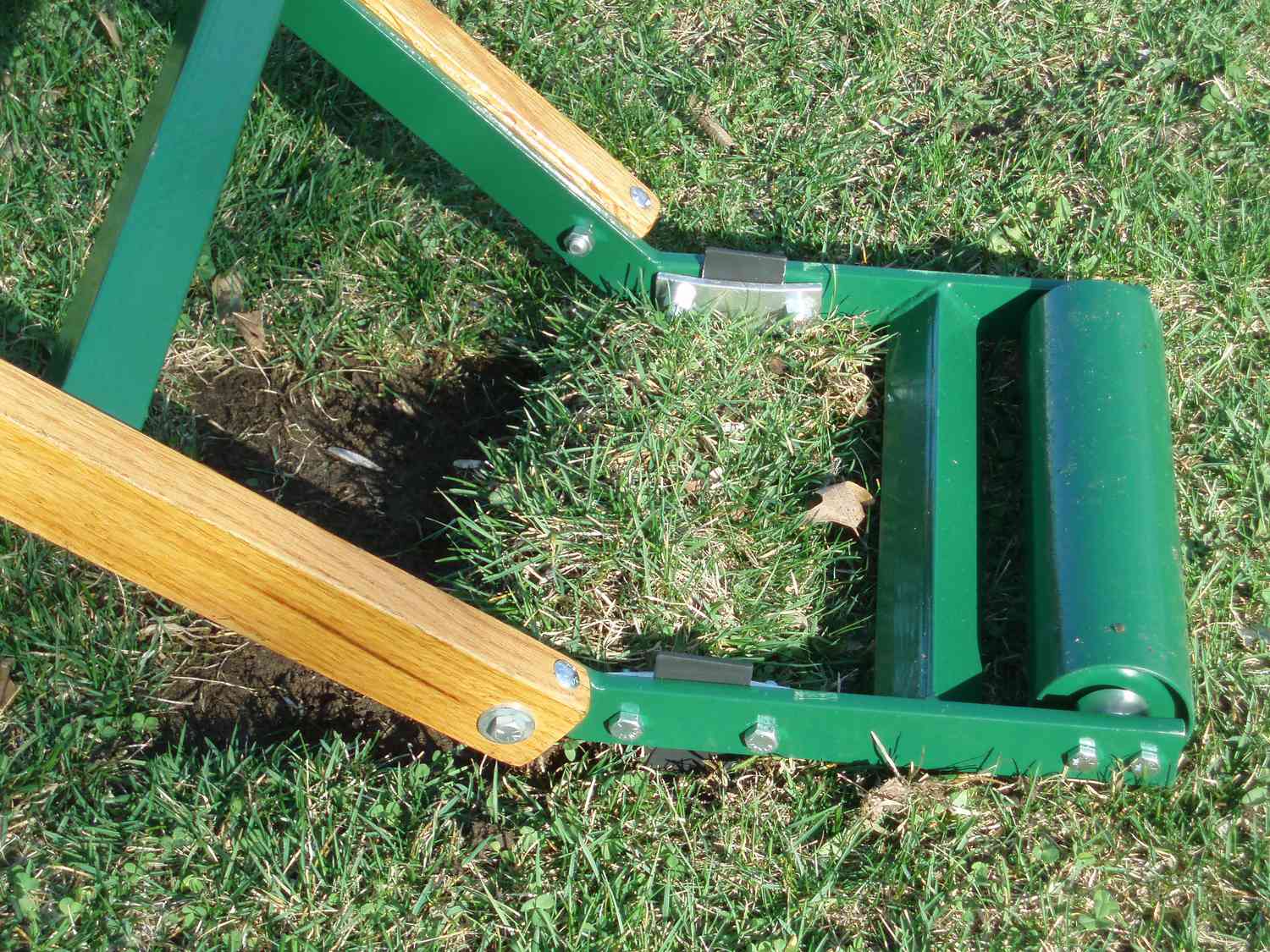
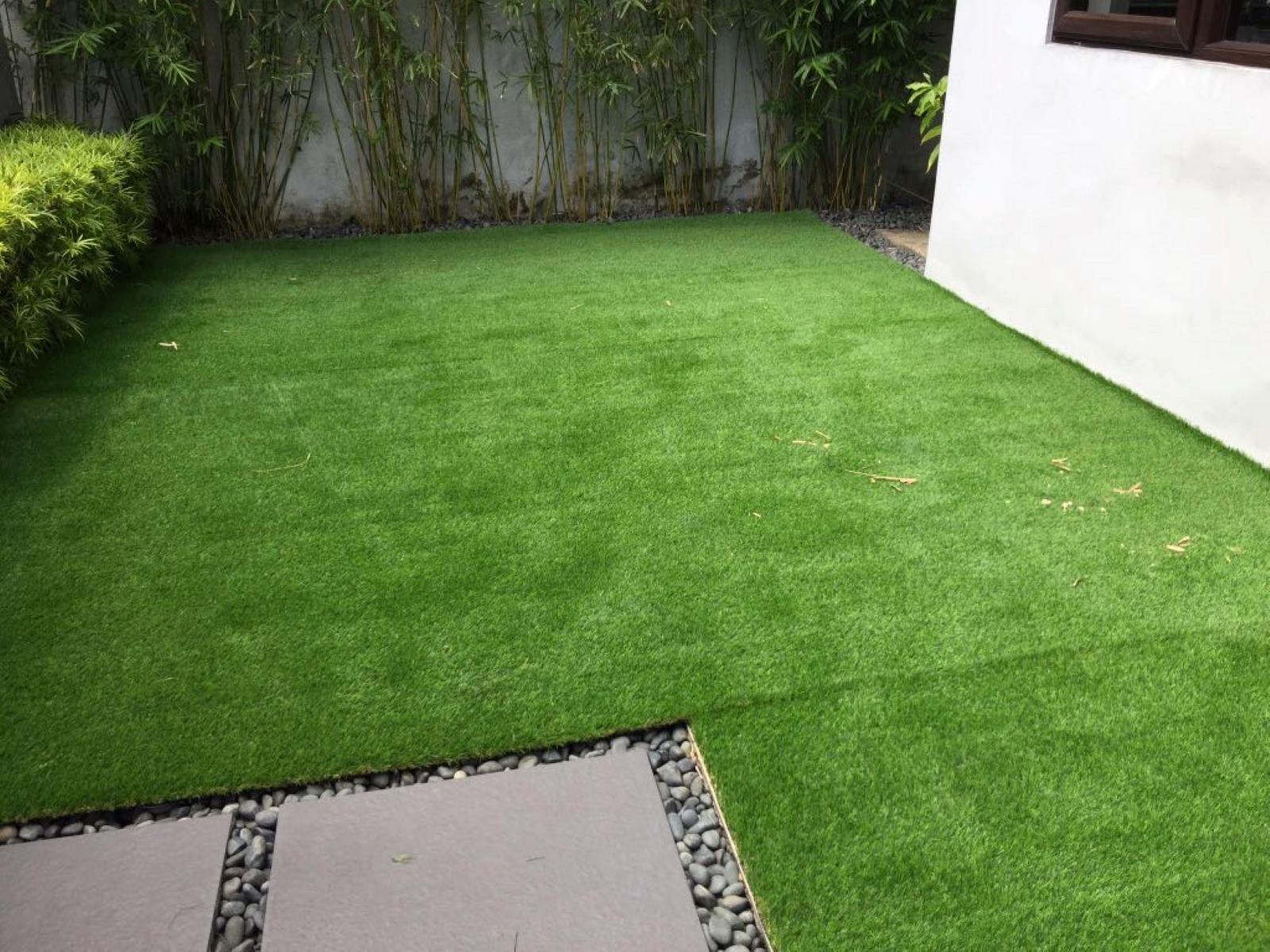
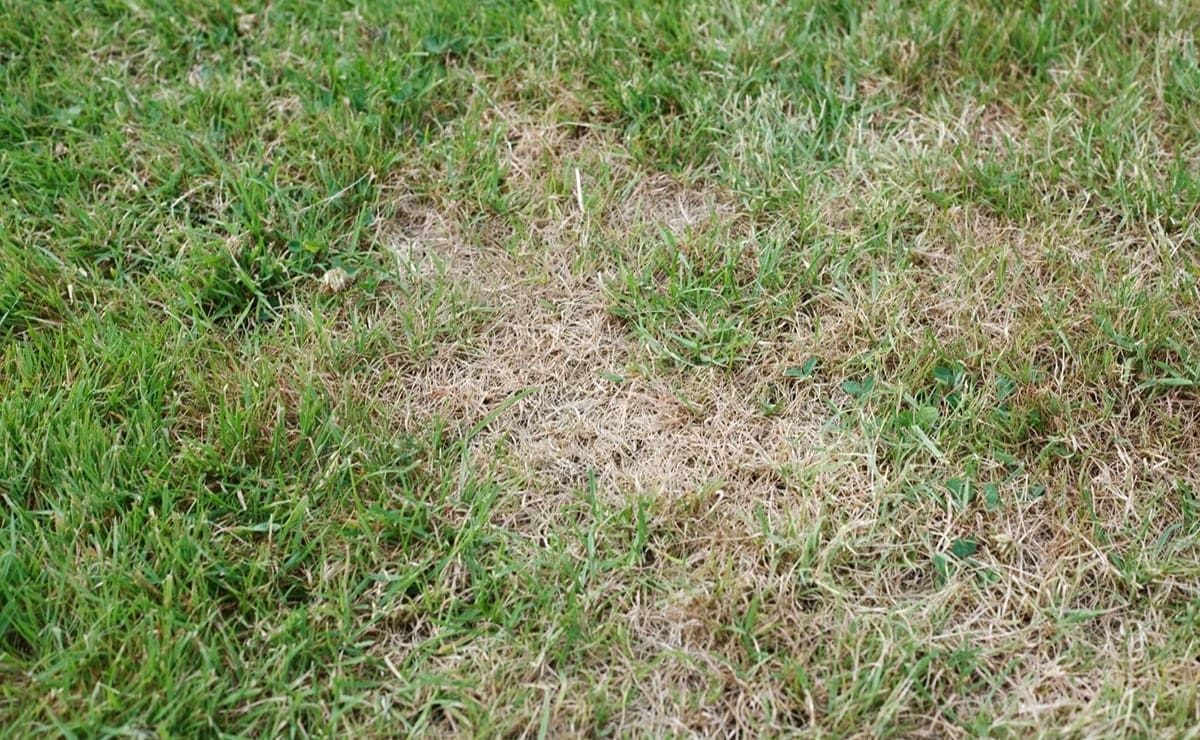
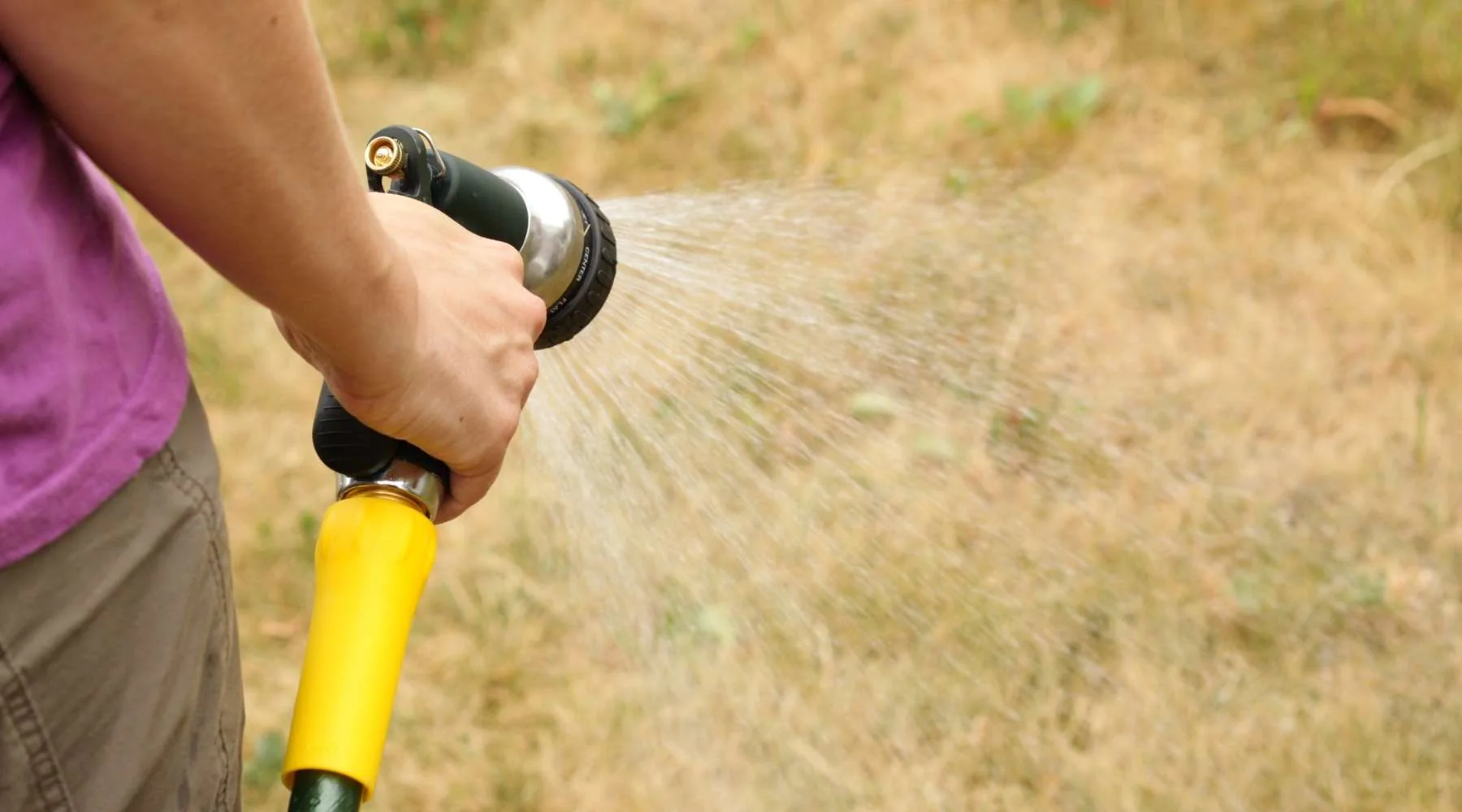
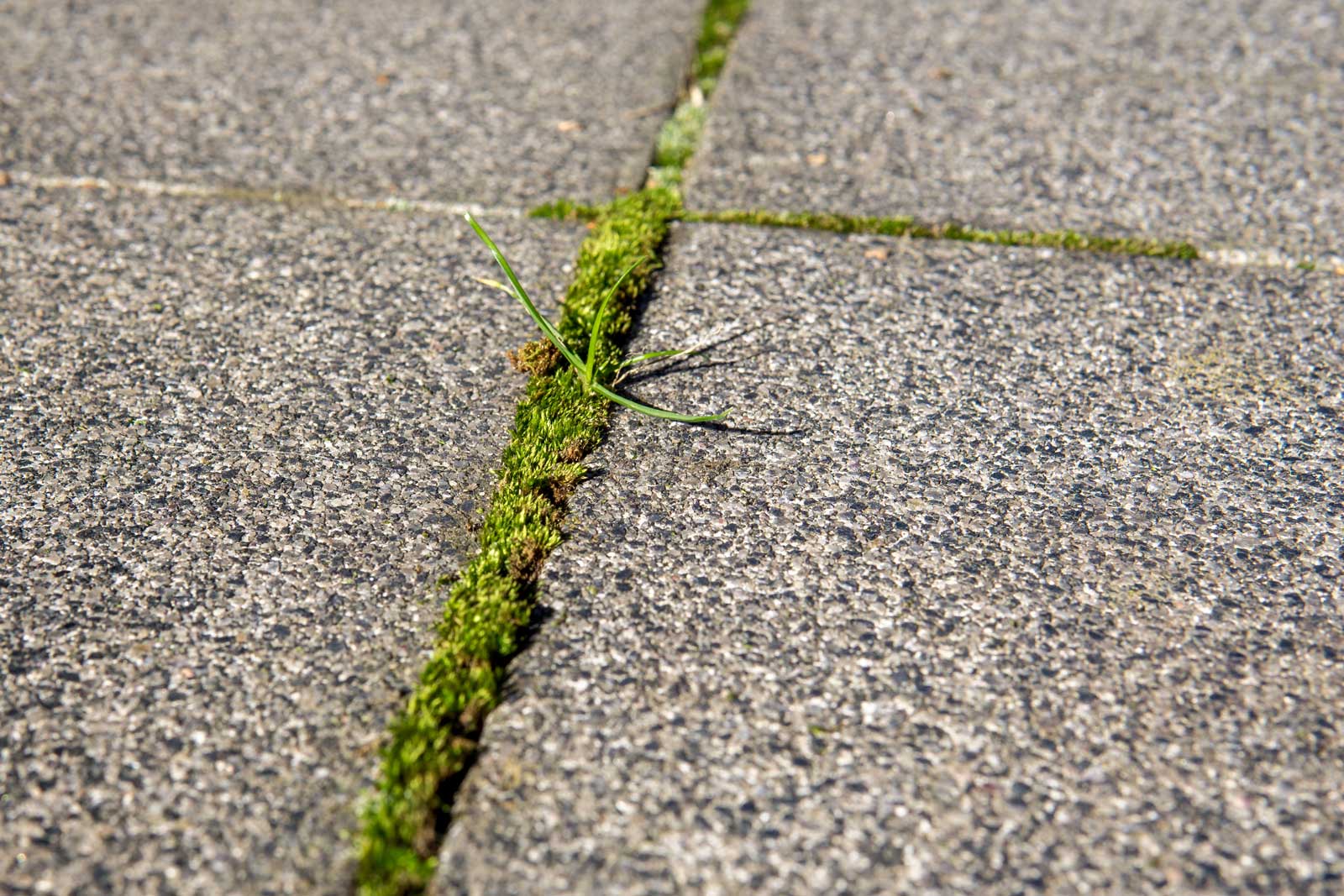
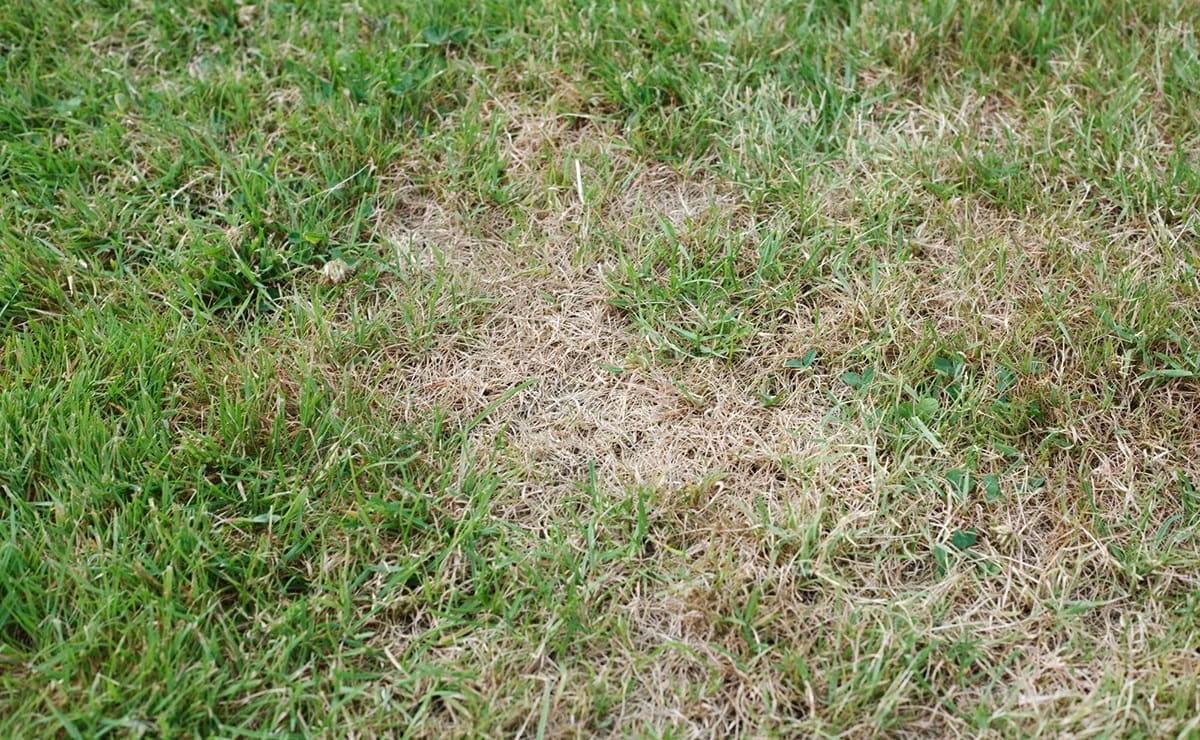
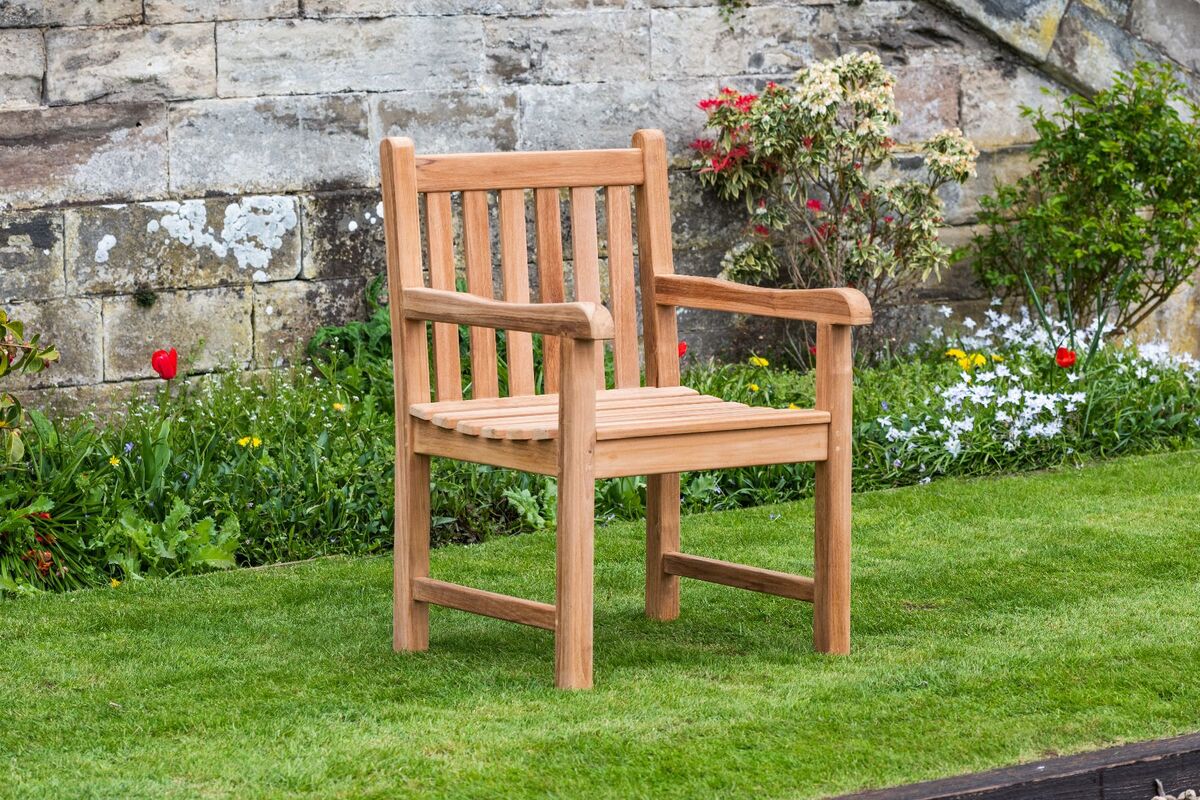
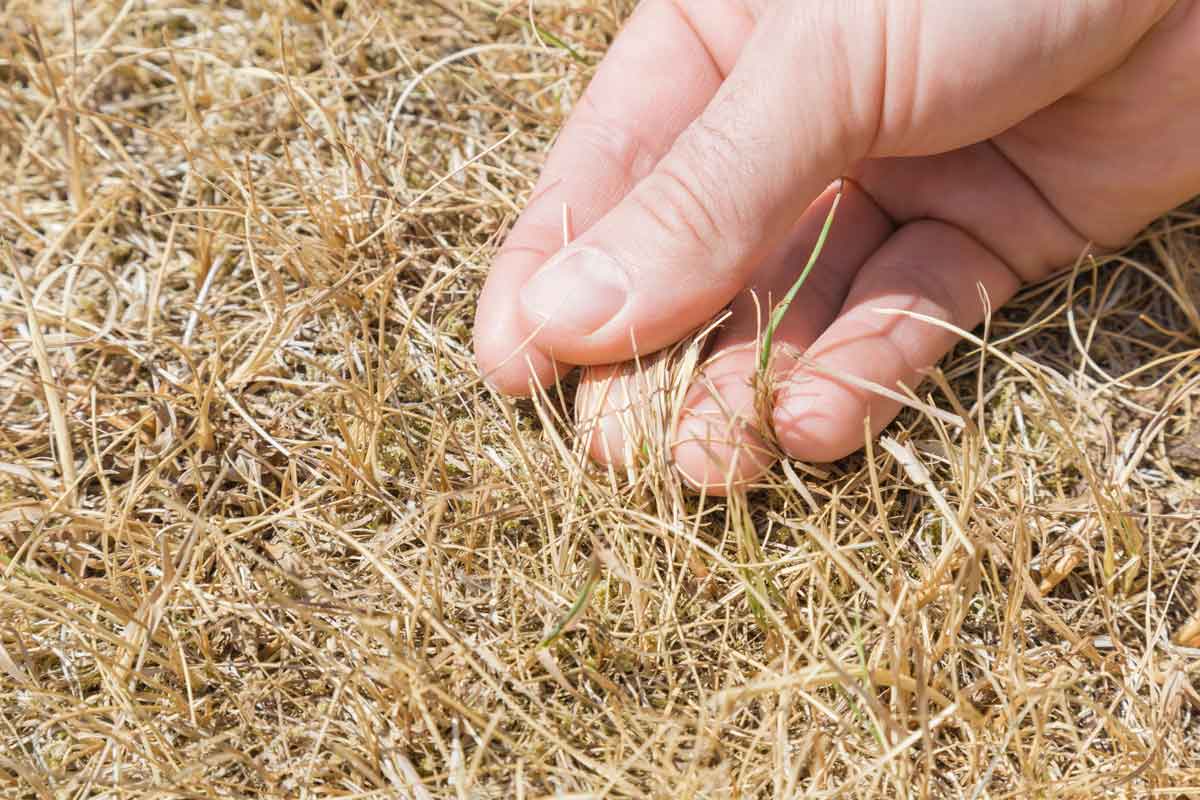
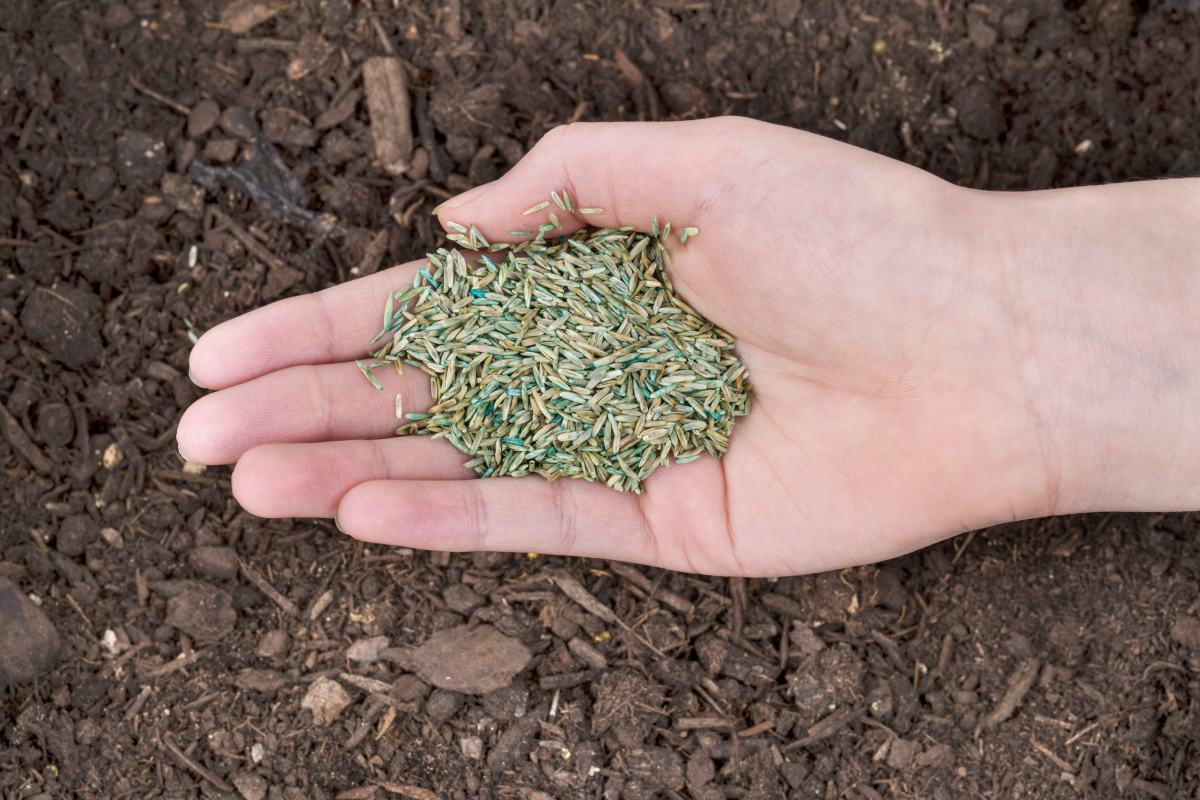
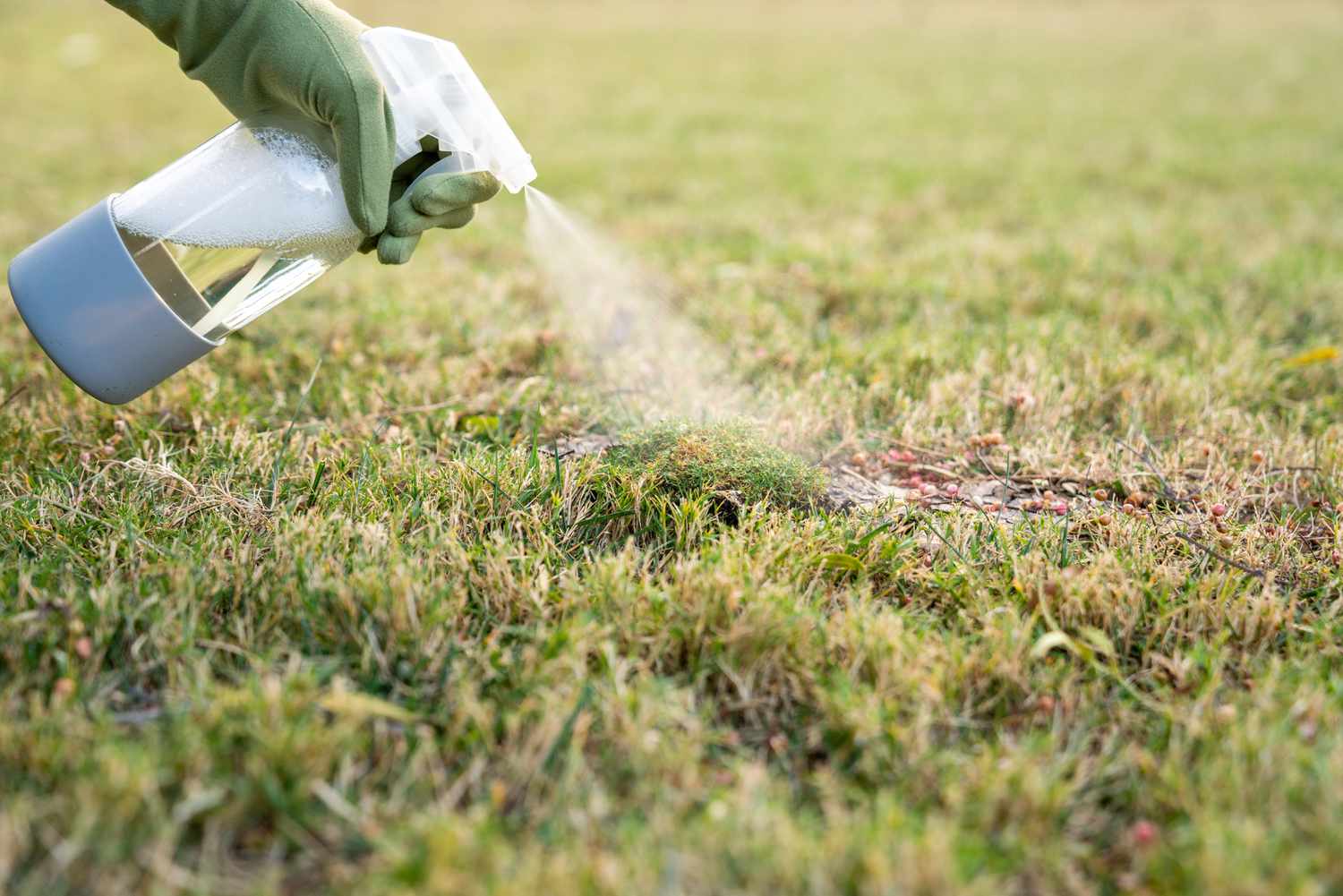
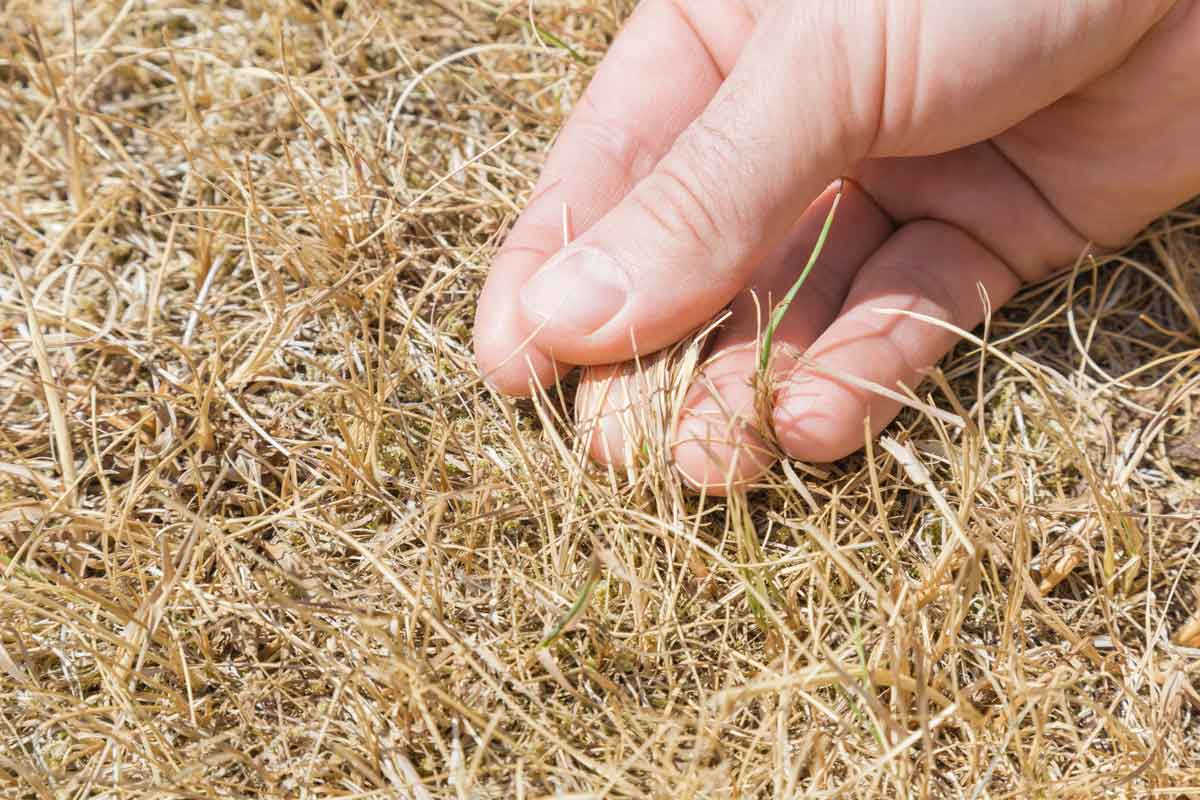

0 thoughts on “How To Remove Dead Grass From Lawn”